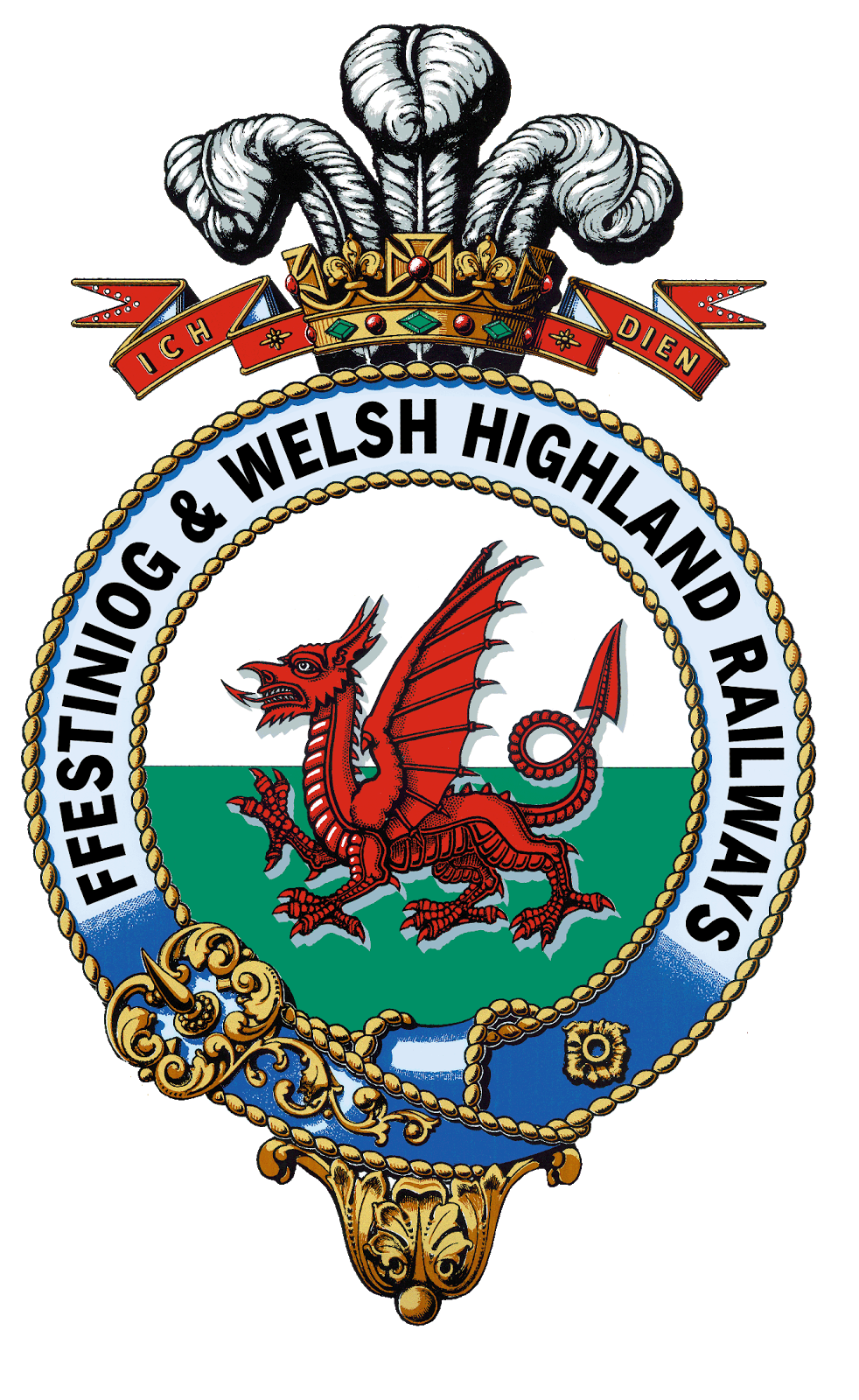It’s time to confess. I’ve been kidding you on for the last four weeks. Thanks to the wonders of automatic advancecd posting I’ve been able to create the illusion that it’s been business as usual at Bron Hebog when, in fact, I’ve been on the other side of the world, in New Zealand, for the best part of the last month.
(For my sister-in-law’s wedding, as it happens)
So if you’ll forgive my indulgence I thought I would share with you some of the things of railway interest I came across during my travels around the South Island.
I know I have some Kiwis among the readers of this blog so I apologise in advance for any errors or ignorance. Corrections or additions are very welcome in the comments section below.
There is some relevance to all this as NZ trains are Narrow Gauge in that they run on 3’6” ‘Cape Gauge'.
The best train spotting on the trip was when we stayed a night in Arthur’s Pass, a small settlement high in the southern alps where both road and rail climb to over 3000ft to cross the spectacular mountain range that forms the spine of the island.
There is a station and passing loop here.

The Midland Railway is without doubt among the world’s greatest train journeys, and there is a neat link to the WHR here.
The line between Christchurch (on the east coast) and Greymouth (on the west) was finally completed in 1923, the same year as the WHR. Its main function remains to carry coal trains from the west coast mines to the east coast port of Lyttelton.

And what a journey!
Just before reaching Arthur’s Pass (on the loaded eastbound journey) the trains pass through the Otira Tunnel. It is over 5 miles long with a gradient of 1 in 33 and climbs 820ft. From day one the line though the tunnel was electrified, as it would have been impossible to operate with steam. The wires were removed in 1997 and diesels work through the tunnel which has been fitted with doors on the lower portal which close behind the train to help the ventilation fans remove the fumes.
As you might expect, trains need to be assisted for such an extreme incline, and I watched in wonder as a loaded train arrived at Arthur's headed by 5 locomotives. The 3 pilot engines were then detached leaving the remaining 2 to take the train on to Lyttelton.
From what I observed it seems these three ‘bankers’ shuttle between Otira and Arthur’s day and night, attaching to the front of the next downhill train or returning to the bottom light engine(s).
There is also a daily passenger service on the line – the Tranz Scenic- which makes one return journey from Christchurch to Greymouth.

Among the pleasant discoveries on our trip was this immaculately kept former signal box in Greymouth which looks uncannily like an old GWR box, don’t you think?

We saw some preserved steam on our trip too. This 0-6-0 tank ‘Kaitangata’ at the ‘Shantytown’ village museum was built close to home by Sharp Stewart & Co in Glasgow in 1896. For those who know about these things it’s an improved F Class tank.

I also looked in on another steam site.
The ‘Kingston Flyer’ is an 8 and half mile line near the adventure tourism mecca Queenstown. It ran into financial trouble and has been closed for the last two years but just today it’s being reported the line has been bought by New Zealand businessman David Bryce who plans to have the train back in operation by late October.
Expecting everything to be locked away in sheds I was very surprised to find these lovely wooden carriages stabled on an open siding near to the station building.

The line’s two pacific steam locos were stored in a fenced-off yard, again open to the elements.





















































